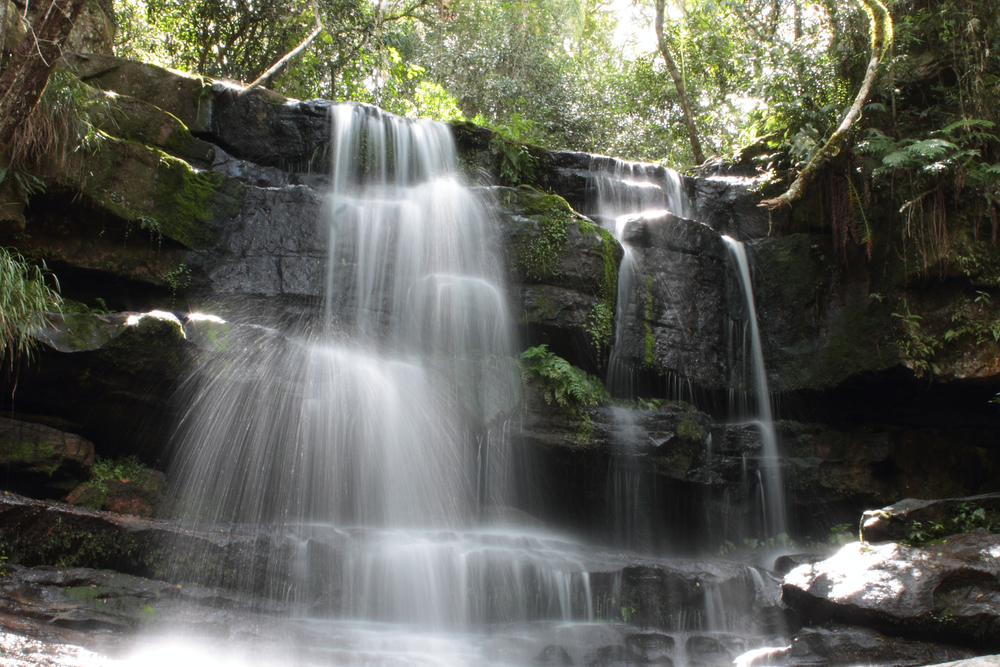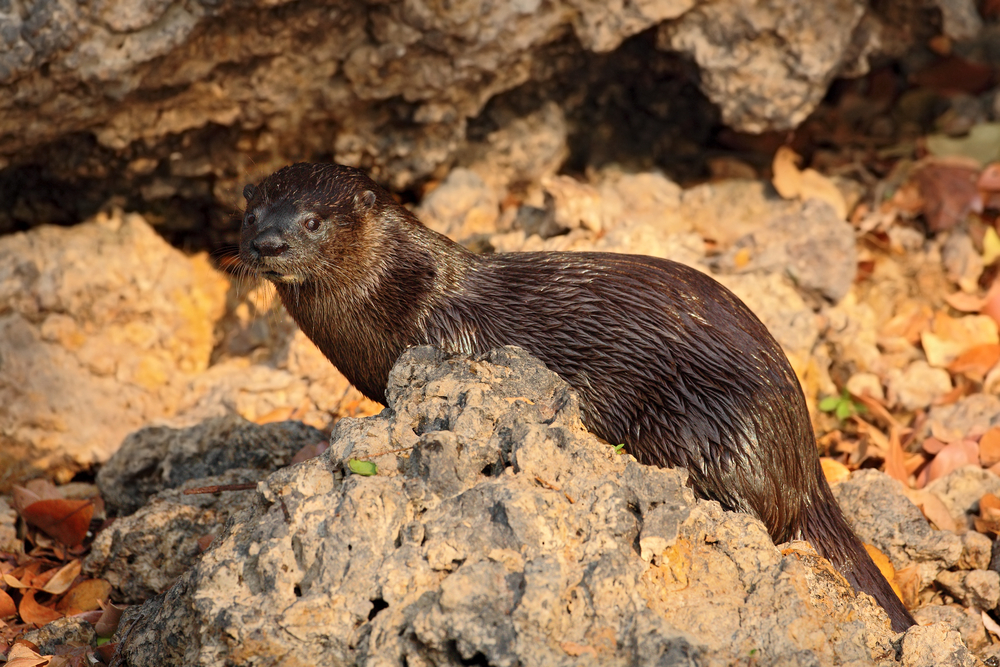Ybycuí Overview
Ybycuí National Park, known locally as Parque Nacional Ybycuí, is a protected natural area in Paraguay, covering approximately 55 square kilometers (21 square miles). Located in the Paraguarí Department, about 150 kilometers (93 miles) southeast of Asunción, it is one of the country’s most significant conservation areas.
The park is part of the Upper Paraná Atlantic Forest, a once-extensive biome now fragmented due to deforestation. Its name, Ybycuí, derives from the indigenous Guaraní language, referencing the region’s rich land and water resources.
The terrain of Ybycuí National Park consists of rolling hills, dense forests, and numerous streams and waterfalls that contribute to its lush environment. Among its most notable natural features is Salto Guaraní, a picturesque waterfall surrounded by dense vegetation.
The park is characterized by humid subtropical forests filled with towering trees, vines, and ferns, creating a dense green canopy. Several trails meander through the park, offering visitors access to its diverse landscapes, including rocky outcrops, clear pools, and small cascades formed by the many streams that flow through the area.
The combination of humid conditions and varied topography supports a thriving ecosystem, making it one of the most biodiverse areas in Paraguay.
Wildlife within the park is abundant, offering visitors the chance to see a variety of species native to the Atlantic Forest. Mammals such as capuchin monkeys, coatis, and armadillos are commonly spotted, while more elusive species like ocelots and pumas also roam the park.
The birdlife is particularly rich, with over 200 species recorded, including the vibrant toucans, trogons, and manakins. The park also provides habitat for several amphibians and reptiles, including colorful frogs and various snake species, adding to its ecological significance. Due to its location and habitat diversity, Ybycuí plays an important role in conservation efforts for Paraguay’s native fauna and flora.
One of the park’s popular features is the historic iron foundry, La Rosada, which dates back to the 19th century. This site, which played a key role in Paraguay’s early industrial development, now serves as a museum showcasing remnants of the country’s ironworks history.
The foundry was destroyed during the Paraguayan War but remains a fascinating site for visitors interested in history and industry. Additionally, the park is well-known for its scenic hiking trails, leading visitors through dense forest landscapes to viewpoints, waterfalls, and tranquil streams.
Visitors can engage with Ybycuí National Park through hiking, birdwatching, and swimming in the natural pools formed by the park’s rivers and waterfalls. The well-maintained trail system allows for easy exploration, with some paths leading directly to the most picturesque waterfalls.
The park is also an excellent location for photography and nature observation, given its rich biodiversity and stunning scenery. Camping is permitted in designated areas, offering an immersive experience in the heart of the forest, while guided tours provide deeper insight into the park’s history and ecological importance.
Ybycuí National Park faces conservation challenges, including threats from illegal logging and hunting. However, strong management efforts have helped preserve the area’s ecosystems, making it a key refuge for endangered species.
Park authorities and environmental organizations work together to monitor wildlife and prevent human encroachment. Successful conservation efforts have helped maintain healthy populations of native species, contributing to Paraguay’s broader environmental protection goals.
The park remains an essential area for ecological research and environmental education, highlighting the importance of Paraguay’s natural heritage.













































































